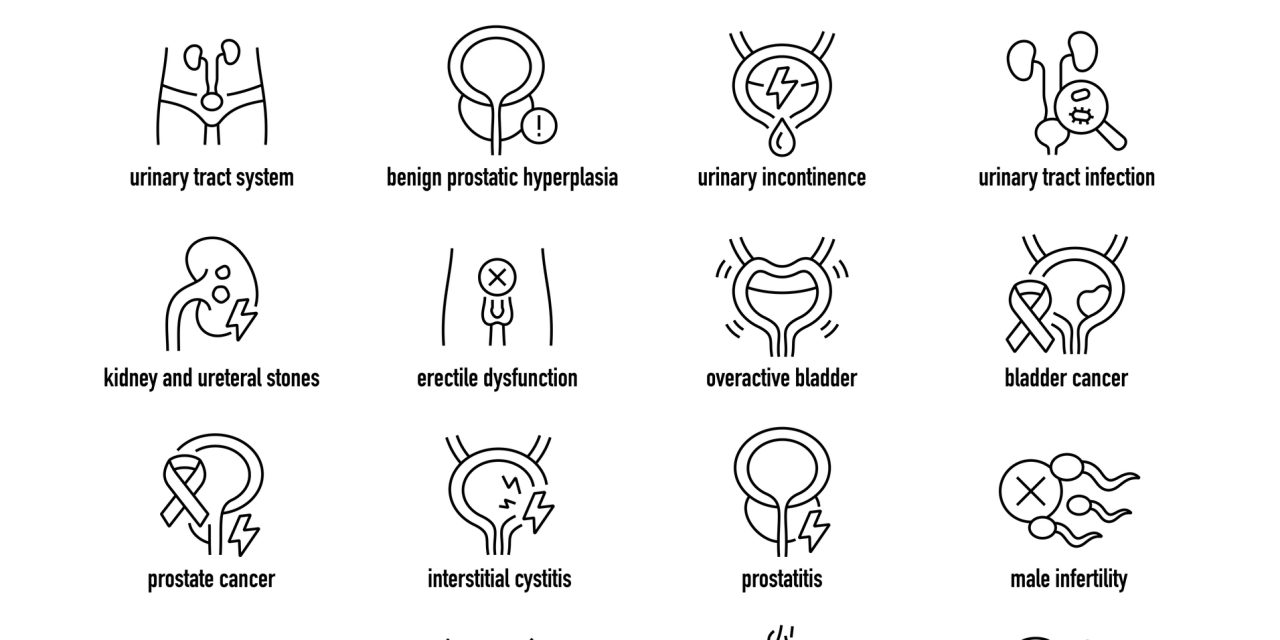To depict and assess our convention for the board of youngsters ≤4years old with obstructive calcular anuria (OCA) and intense renal disappointment (ARF) to improve choice of beginning urinary waste (ID) strategy and to work with ensuing conclusive stone administration (DSM) as studies talking about this unique gathering of patients are as yet not many.
Patients with a contraindication to any strategy for ID were prohibited. Choice (percutaneous nephrostomy (PCN) or twofold J (JJ) stent) depended on level of hydronephrosis and arranged DSM. We utilized 4.8–5Fr JJ or 6–8Fr PCN under broad sedation and fluoroscopic direction. As indicated by our convention, JJ is embedded for hydronephrosis ≤ grade 1. At the point when the hydronephrosis is >grade 1, patients with radiolucent stones were treated by JJ whatever the site of the stone. At the point when the stones were radiopaque, PCN was held for stones in a singular working kidney and two-sided ureteric stones arranged for ensuing two-sided ureterolithotomy (or stone arranged for ureterolithotomy in a lone kidney). After standardization of renal capacities, DSM was arranged assaulting just one side before release. The two sides were cleared at similar meeting in cases with two-sided ureterolithotomy. Renal or ureteric stones appropriate for SWL in a lone kidney were treated with percutaneous nephrolithotripsy (PNL) or ureteroscopy.
Reference link- https://www.sciencedirect.com/science/article/abs/pii/S147751311400148X


